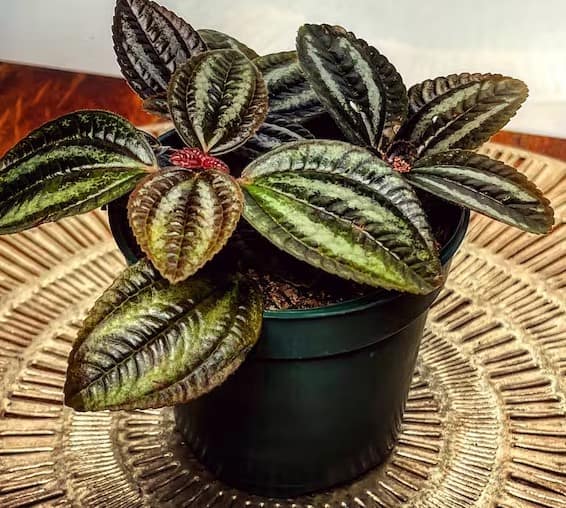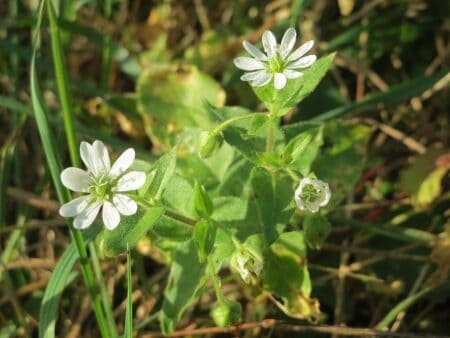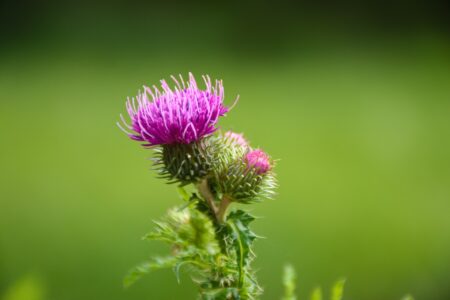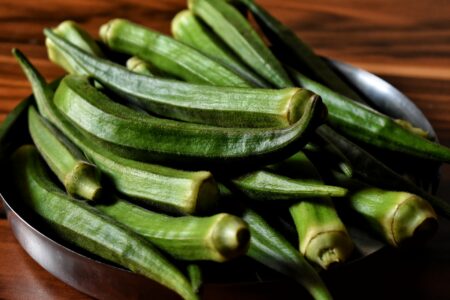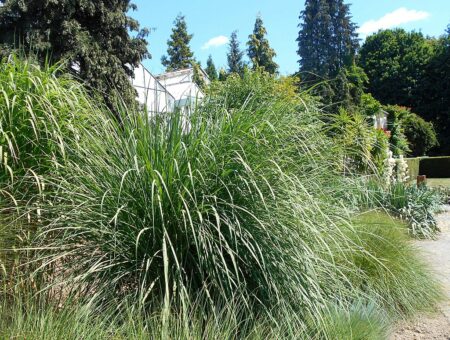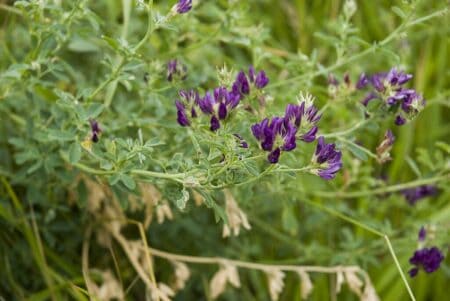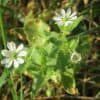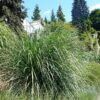If you’re looking for a low-maintenance, yet beautiful plant to add to your indoor garden or home décor, the Friendship Plant (Pilea involucrata) is an excellent choice. This tropical plant from Central and South America is known for its delicate foliage and is relatively easy to care for.
Whether you’re a seasoned plant parent or a beginner, understanding the ideal growing conditions for your Friendship Plant is crucial to its health and growth. From proper watering and light requirements to soil composition and temperature preferences, we’ll cover all the factors you must consider. Additionally, we’ll share tips on fertilization, pruning and grooming, pest and disease management, and plant propagation.
By the end of this article, you’ll have a better understanding of how to keep your Friendship Plant healthy and happy, and you’ll be ready to share this beautiful plant with your friends and family. So let’s dive in and learn how to grow and care for the lovely Friendship Plant.
Ideal Growing Conditions
Creating the ideal growing conditions for your Friendship Plant is key to its health and growth. From proper watering and light requirements to temperature preferences and soil composition, there are several factors to consider. Providing your plant with the right growing conditions will help it thrive and beautify your indoor space for years to come.
Watering
The Friendship Plant prefers moist but well-draining soil. Water your plant when the top inch of soil that feels dry to the touch. Avoid overwatering, which can lead to root rot. It’s best to water in the morning, so the plant has enough time to dry off before nightfall.
Light
The Friendship Plant prefers bright, indirect light. Direct sunlight can scorch the leaves, so it’s best to keep them out of direct sunlight. If you notice that the leaves are turning yellow or brown, it may be a sign that the plant is getting too much sunlight. Conversely, if the leaves start to droop or curl, it may be a sign that the plant isn’t getting enough light.
Temperature
The Friendship Plant thrives in temperatures between 65-75°F (18-23°C). It’s important to keep the plant away from drafts, as they can damage the leaves. The plant is sensitive to extreme temperature changes, so avoid placing it near heating or cooling vents.
Soil Composition
The Friendship Plant prefers a well-draining soil mix. You can use a combination of potting soil, perlite, and sand to achieve this. The soil should be slightly acidic, with a pH level between 5.0-6.0.
Care and Maintenance
Proper care and maintenance are essential to keep your Friendship Plant healthy and thriving. While this low-maintenance plant doesn’t require a lot of attention, it’s important to provide it with the right growing conditions, fertilization, and pruning to promote growth and prevent common issues.
Fertilization
The Friendship Plant doesn’t require a lot of fertilizer, but it’s essential to provide it with nutrients to keep it healthy. During the growing season (spring and summer), fertilize your plant once a month with a balanced (like 10-10-10), water-soluble fertilizer. There is no need of fertilization in Fall and winter.
Pruning and Grooming
It is important to prune Friendship Plant regularly to maintain its shape and promote growth. You can pinch off the tips of the stems to encourage branching and bushiness. Remove any yellow or brown leaves to prevent the spread of disease.
Pest and Disease Management
The Friendship Plant is generally pest and disease-free, but it can be susceptible to spider mites and mealybugs. If you notice tiny webs or white, cottony clusters on your plant, it may be a sign an infestation. You can use a mixture of water and mild dish soap to gently wipe down the leaves and stems. If the infestation persists, you can use an insecticidal soap or neem oil.
Propagation
The Friendship Plant is relatively easy to propagate through stem cuttings or division.
Stem Cuttings
To propagate the Friendship Plant through stem cuttings, select a healthy stem with several leaves. Cut the stem just below a leaf node, and remove the bottom leaves. Place the stem cutting in a jar of water or a pot filled with moist soil.
Keep the soil moist and place the cutting in a bright, indirect light. Roots should start to form in a few weeks, and you can transplant the cutting into its own pot once it has a well-established root system.
Division
To propagate through division, gently remove the Friendship Plant from its pot and separate the roots into two or more sections. Each section should have a healthy stem and a good root system. Plant each section in its own pot with fresh soil and water thoroughly.
Other Common Issues
While the Friendship Plant is generally pest and disease-free, there are some common issues that can arise. Yellowing leaves, wilting or drooping, and pest infestations are among the most common issues. Addressing these issues promptly and taking preventative measures can help keep your Friendship Plant healthy and happy.
Yellowing Leaves
If you notice that the leaves of your Friendship Plant are turning yellow, it may be a sign of overwatering, too much direct sunlight, or a nutrient deficiency. Adjust the watering schedule, move the plant to a location with less direct sunlight, or fertilize with a balanced fertilizer to address these issues.
Wilting or Drooping
Wilting or drooping leaves may be a sign of underwatering, overwatering, or a pest infestation. Check the soil moisture level and adjust the watering schedule accordingly. If the soil is consistently moist, it may be a sign of root rot, and the plant may need to be repotted in fresh soil. Check for signs of pest infestation and treat them as necessary.
Solutions and Preventative Measures
To prevent common issues, it’s essential to provide the Friendship Plant with the ideal growing conditions, maintain a regular watering schedule, fertilize as needed, and check for signs of pests or disease. Regular pruning and grooming can also help keep the plant healthy and promote growth.
Conclusion
Growing and caring for the Friendship Plant is a rewarding and enjoyable experience, and with the right knowledge, you can keep your plant healthy and thriving for years to come. In this article, we covered the ideal growing conditions for the Friendship Plant, including watering, light, temperature, and soil requirements. We also discussed care and maintenance tips such as fertilization, pruning, and pest management, as well as plant propagation and common issues and troubleshooting.
Remember, providing your Friendship Plant with the ideal growing conditions and practicing good plant care can prevent common issues and help it thrive. With a little bit of attention and care, you can enjoy the beauty of this lovely plant and share it with others.

